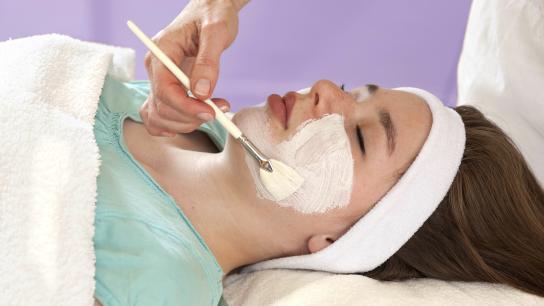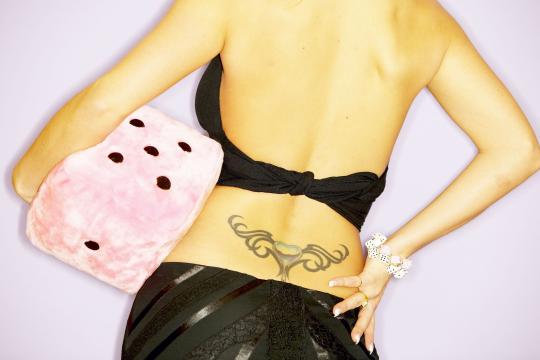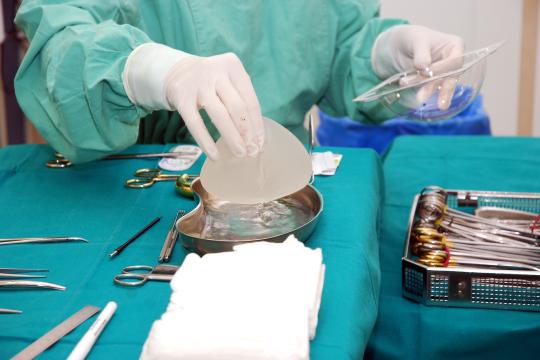
Recently, I wrote about low grade chemical peels - the kind you could get over your lunch break. You know, the gateway peels? Now it’s time to pull out the big guns. Higher grade chemical peels can actually be a less pricey alternative to popular laser treatments, which is why it’s nice to know what they’re about and if you’re ready for one.
Unlike low grade peels, these peels have downtime that lasts longer than a coffee date and they require some aftercare.
Medium grade peels: (TCA Peels 35% +, Glycolic Acid Above 75% +)
Uses: These peels are used to treat more pronounced facial aging — hyper-pigmentation, fine lines, mild skin imperfections, age spots, melasma and acne.
Downtime: 5 - 14 days, avoid sun, wear sunblock and makeup within a couple days.
Side effects: You can expect redness swelling and blisters, which will break open and probably ooze. I know, pretty, right? It’s part of the plan to have the skin crust over and peel off. Think aftermath of a day at the beach with accelerator and a mirror reflector in the 80s.
Aftercare: You’ll need a really big hat as you’ll need to avoid the sun until you’re all healed. Cool compresses, special lotion or ointment to soothe skin will be necessary and you may be asked to take an antiviral medication.
High grade peels: (Carbolic Acid, Phenol Peels)
Uses: These are the queen bee of all peels. Though they’re meant for deep wrinkles, dark spots, serious skin imperfections, excessive sun damage and precancerous skin growths, these peels are on a downtrend. They MUST be performed by a pro and require anesthesia.
Downtime: 14 - 21 days, avoid sun for at least a month, 2 weeks before you can wear makeup.
Aftercare: You will have a surgical bandage wrap for the first day or two. You’ll need to soak multiple times daily while skin heals and apply special ointment for the first week or two, which will be replaced by a special lotion as the healing process continues. There will be several follow up appointments to check the progress. Pain and antiviral meds will probably be necessary.
There is a less intense to alternative deep Phenol peels.
Due to the harshness, toxicity and downtime of Phenol peels, many doctors have started using the “Punctuated Phenol Peel” method. Like a fractionated laser, this technique is based on applying a lower percentage of Phenol in a series of dots around the affected areas. This can be done without anesthesia and there is a more rapid recovery process. It’s certainly worth asking about.
To find out which peel is right for you, contact a board-certified plastic surgeon as scarring and infection may occur in the wrong hands.








